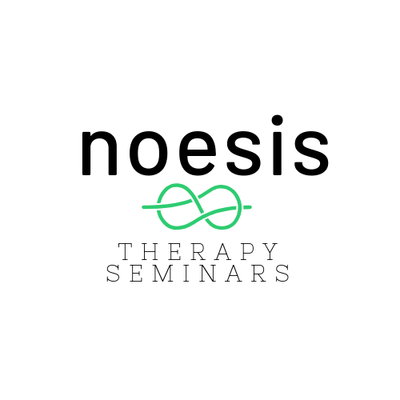Understanding Vestibular Central Disorders: A Complete Guide

Understanding Vestibular Central Disorders: A Complete Guide
Vestibular central disorders affect the central nervous system's ability to process and integrate the sensory information related to balance and spatial orientation provided by the vestibular system in the inner ear. These disorders can cause a range of symptoms that can severely impact an individual's quality of life. This guide aims to provide a comprehensive understanding of vestibular central disorders, their symptoms, causes, diagnosis, and treatment options.
Understanding the Basics of the Vestibular System
The vestibular system includes the parts of the inner ear and brain that process sensory information involved with controlling balance and eye movements. If the network is damaged by disease, aging, or injury, vestibular disorders can result. Central vestibular disorders specifically refer to issues in the brain or its pathways that inhibit normal vestibular function.
Symptoms of Vestibular Central Disorders
- Dizziness and Vertigo: A feeling of spinning or that one's surroundings are spinning, which is typically a result of conflicting messages sent to the brain from the vestibular system.
- Imbalance and Spatial Disorientation: Difficulty in maintaining posture and orientation. Individuals may find it hard to determine their position relative to their environment or may feel pulled heavily to one direction.
- Nausea and Vomiting: These symptoms may accompany severe bouts of vertigo, as the body reacts to the perceived sense of spinning.
- Vision Disturbance: Difficulty focusing or tracking objects with the eyes, which often results from the eyes’ inability to stabilize during head movements.
- Cognitive and Psychological Changes: Problems with concentration and memory, as well as anxiety and/or depression, commonly resulting from chronic dizziness and its effects on daily functioning.
Common Causes and Risk Factors
- Stroke or Brain Injury: Any damage to the brain can affect the parts that coordinate balance, hence causing vestibular symptoms.
- Migraine: Vestibular migraines are a type of migraine that can affect the vestibular system, leading to bouts of vertigo and other balance issues.
- Multiple Sclerosis: This autoimmune disease affects the brain and spinal cord and can impair the transmission of nerve signals related to balance and coordination.
- Aging: Natural degeneration of the brain and its pathways can lead to vestibular symptoms in elderly populations.
- Medications: Some medications can have side effects that disrupt the vestibular system, such as certain antibiotics, anti-seizure drugs, and cancer medications.
Diagnosis of Vestibular Central Disorders
The diagnosis of vestibular central disorders involves a detailed medical history, physical examination, and various diagnostic tests:
- Clinical Examination: Includes evaluating the symptoms and conducting a physical examination focusing on the neuro-vestibular system.
- Imaging Tests: MRIs or CT scans can help visualize the brain and identify any abnormalities that might contribute to the symptoms.
- Vestibular Testing: Various tests, such as the videonystagmography (VNG) and vestibular evoked myogenic potentials (VEMP), analyze the function of the vestibular system and its communication with the brain.
- Neurological Tests: These are performed to check the health of the nervous system and often involve evaluating refleketøy.exes and reaction times.
Treatment and Management of Vestibular Central Disorders
The treatment of vestibular central disorders depends largely on the underlying cause but commonly includes the following approaches:
- Medication: To address specific symptoms such as nausea or migraines, or to manage underlying conditions affecting the vestibular system.
- Vestibular Rehabilitation Therapy (VRT): A specialized form of therapy aimed at helping the brain relearn how to process information from the vestibular system and coordinate balance and eye movements.
- Lifestyle Modifications: This may include dietary changes (reducing salt intake for Meniere’s disease), or stress management techniques to help manage migraines and multiple sclerosis.
- Surgical Interventions: In severe cases or when other treatments have failed, surgery may be considered to correct structural problems or address specific brain abnormalities.
Prevention and Outlook
While many vestibular central disorders are not entirely preventable, recognizing and addressing the symptoms early can significantly improve outcomes. Continual monitoring and adapting treatment strategies in response to changes in symptoms can also lead to better management of the condition. With appropriate care, many individuals with vestibular central disorders can maintain a good quality of life.
Conclusion
Vestibular central disorders are complex and can severely affect one’s balance, mobility, and overall quality of life. Understanding the symptoms, undergoing thorough diagnosis, and following a comprehensive treatment plan are key to managing these disorders effectively. As research advances, newer treatments and better management strategies continue to evolve, offering hope and improved outcomes for patients dealing with these challenging conditions.
